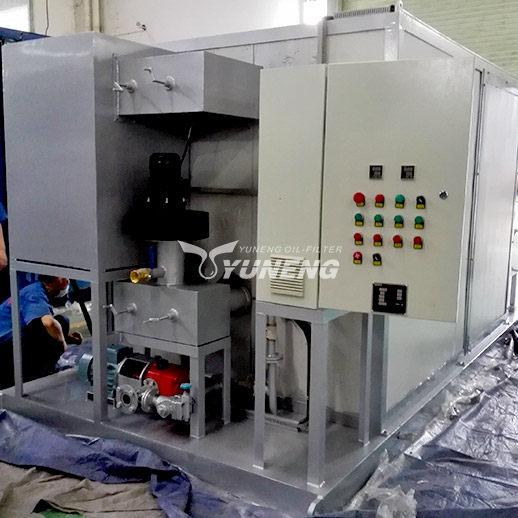Not all transformer oil regeneration systems are created equal. Selecting the right machine ensures optimal performance, efficiency, and longevity of your transformer oil. Here are the critical features to consider when choosing an oil regeneration unit.
1. Multi-Stage Filtration and Purification
Fullers Earth or Clay Treatment: Effective for removing acids, polar compounds, and dissolved sludge.
Vacuum Dehydration: Essential for eliminating water content, which degrades oil and insulation.
Fine Particle Filtration: Removes solid contaminants down to sub-micron levels.
2. On-Site Mobility and Flexibility
Portable units: Ideal for substations or remote locations where transporting oil is impractical.
Skid-mounted or trailer systems: Enable quick deployment and mobility between sites.
3. Automated Controls and Monitoring
Real-time oil quality sensors: Measure parameters like moisture, acidity (TAN), and dielectric strength.
PLC-controlled systems: Automate the regeneration process for consistency and reduce operator error.
4. Compatibility with Different Oil Types
Mineral oil, silicone oil, and ester-based fluids have different regeneration needs.
Ensure the machine can handle your specific oil type without cross-contamination risks.
5. Energy Efficiency and Safety Features
Low power consumption: Reduces operational costs.
Explosion-proof designs: Critical for safe operation in hazardous environments.
Closed-loop systems: Prevent oil exposure to air, avoiding re-oxidation.
Conclusion
Investing in a high-quality transformer oil regeneration machine requires evaluating filtration efficiency, mobility, automation, oil compatibility, and safety. The right system maximizes oil lifespan, ensures regulatory compliance, and delivers long-term cost savings.









Share this page with your family and friends.